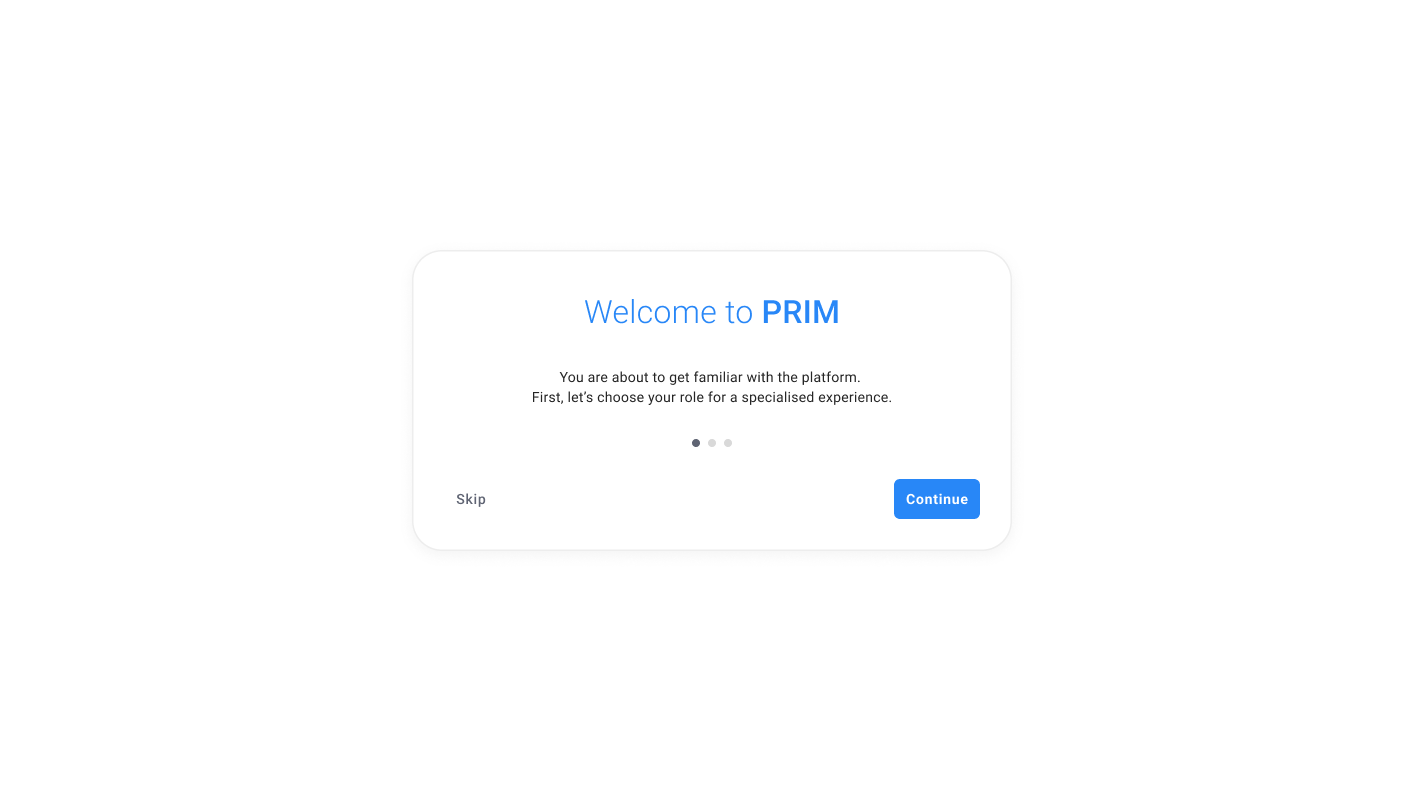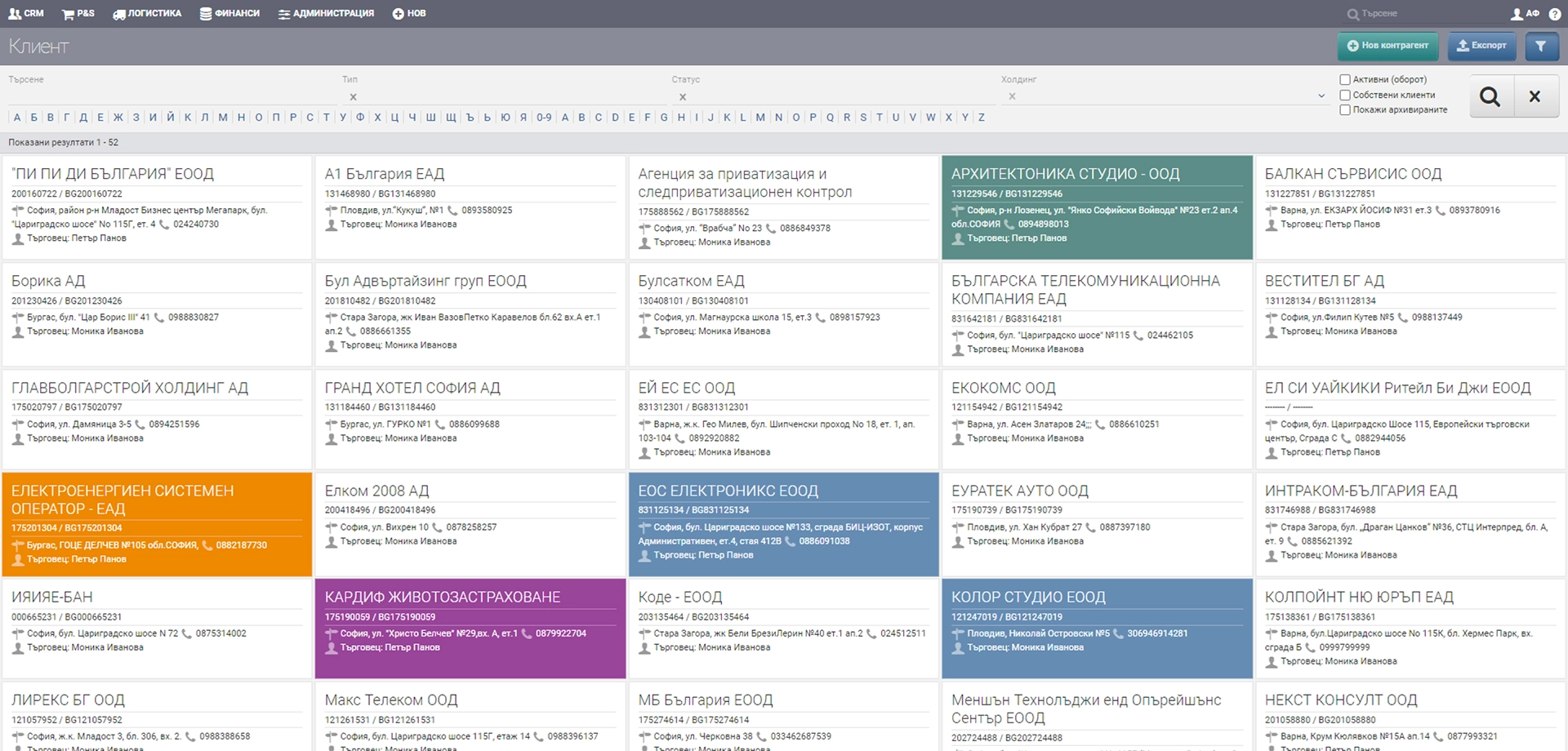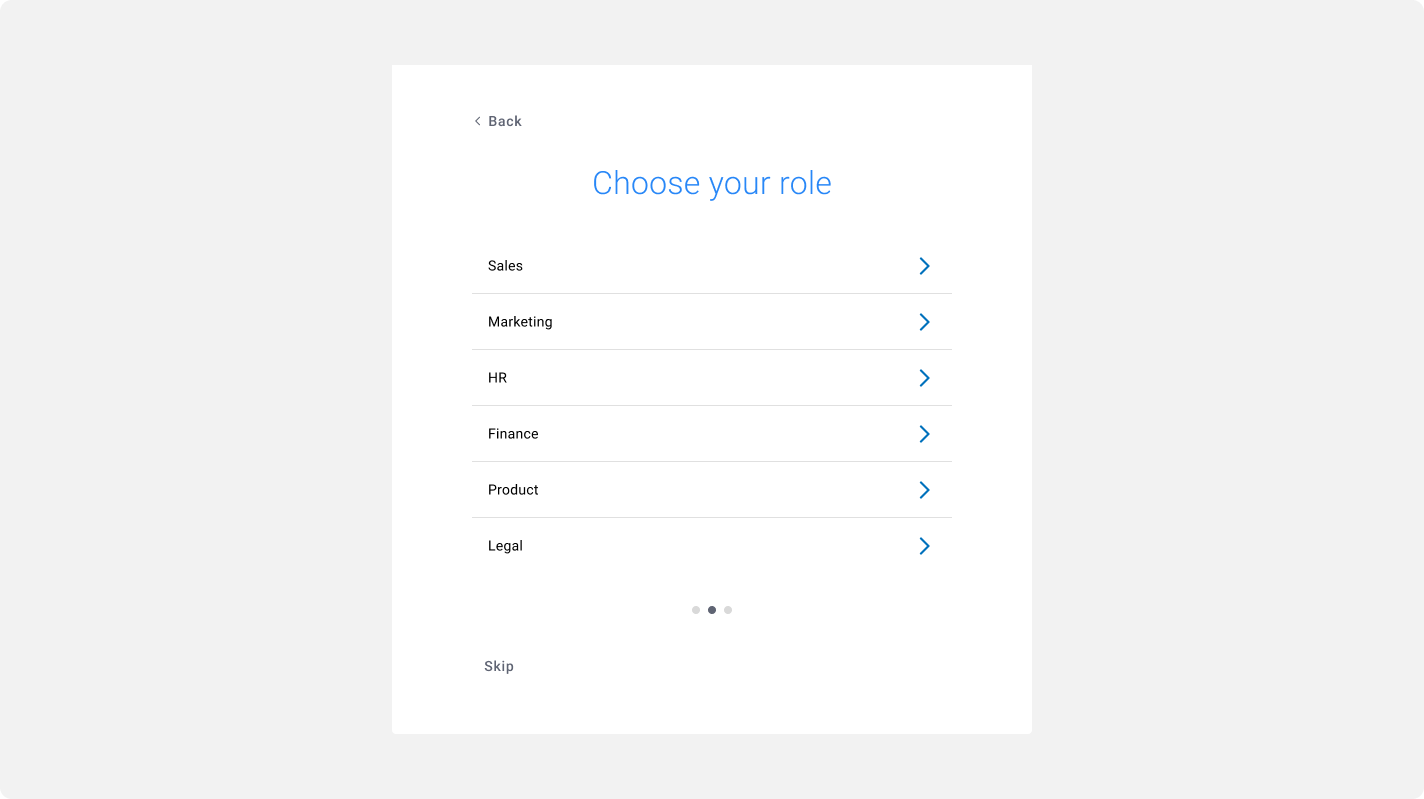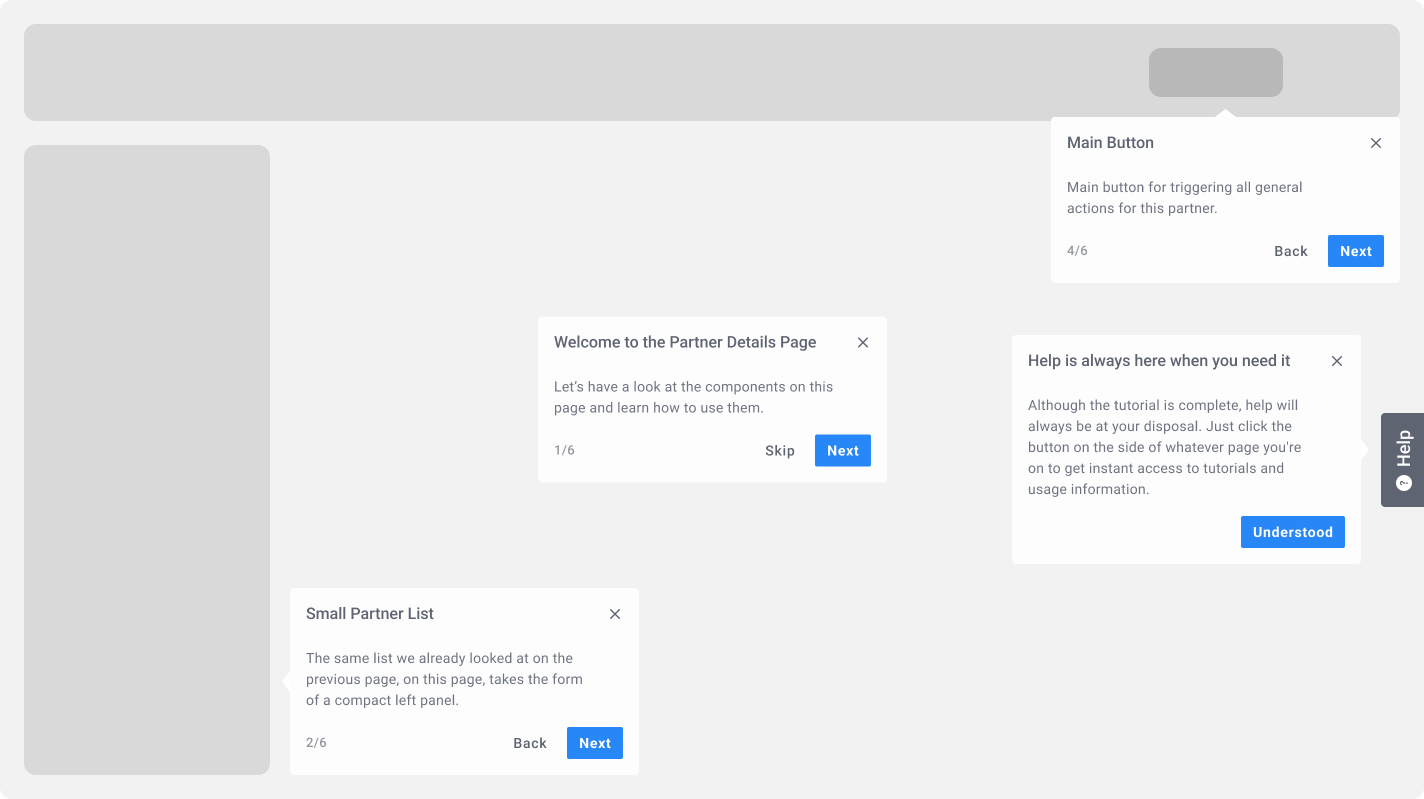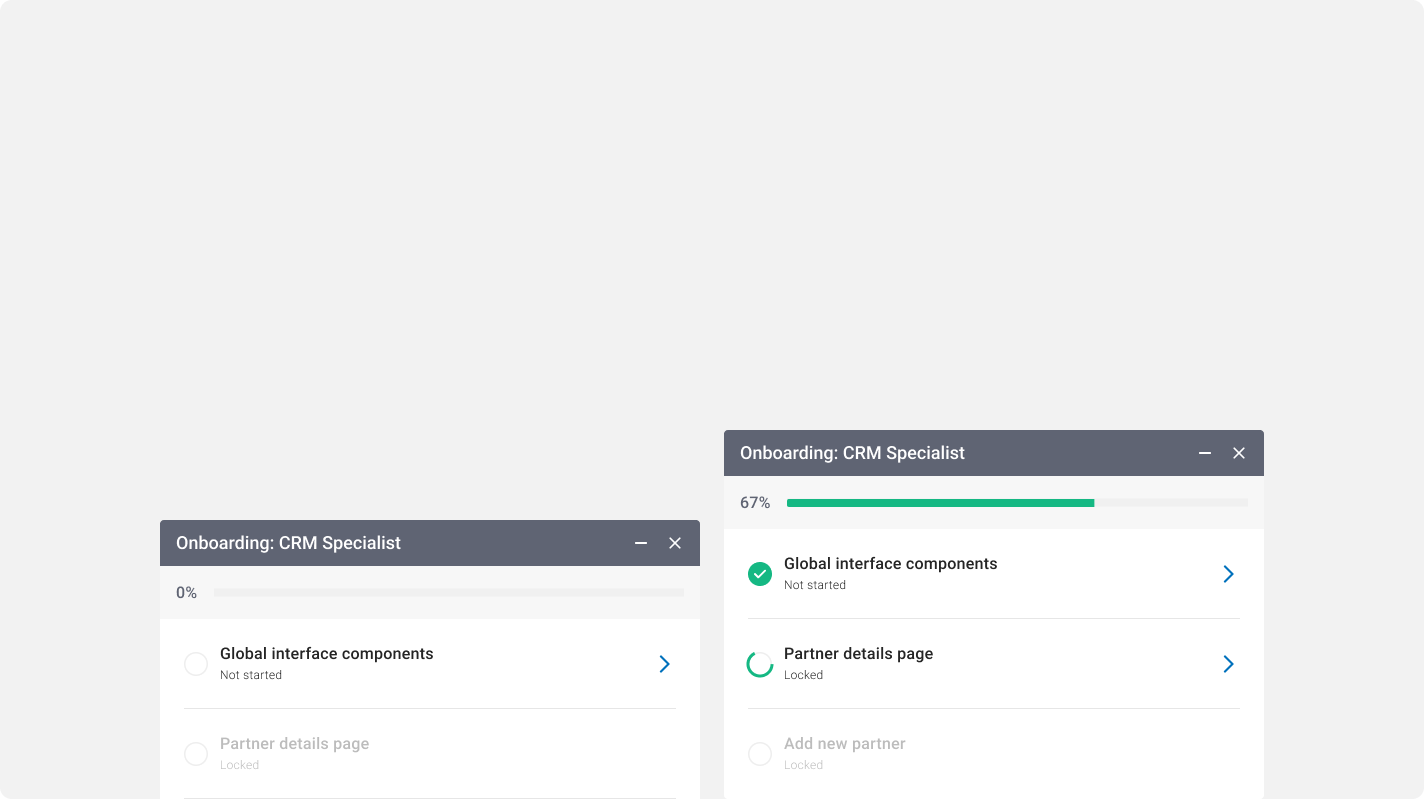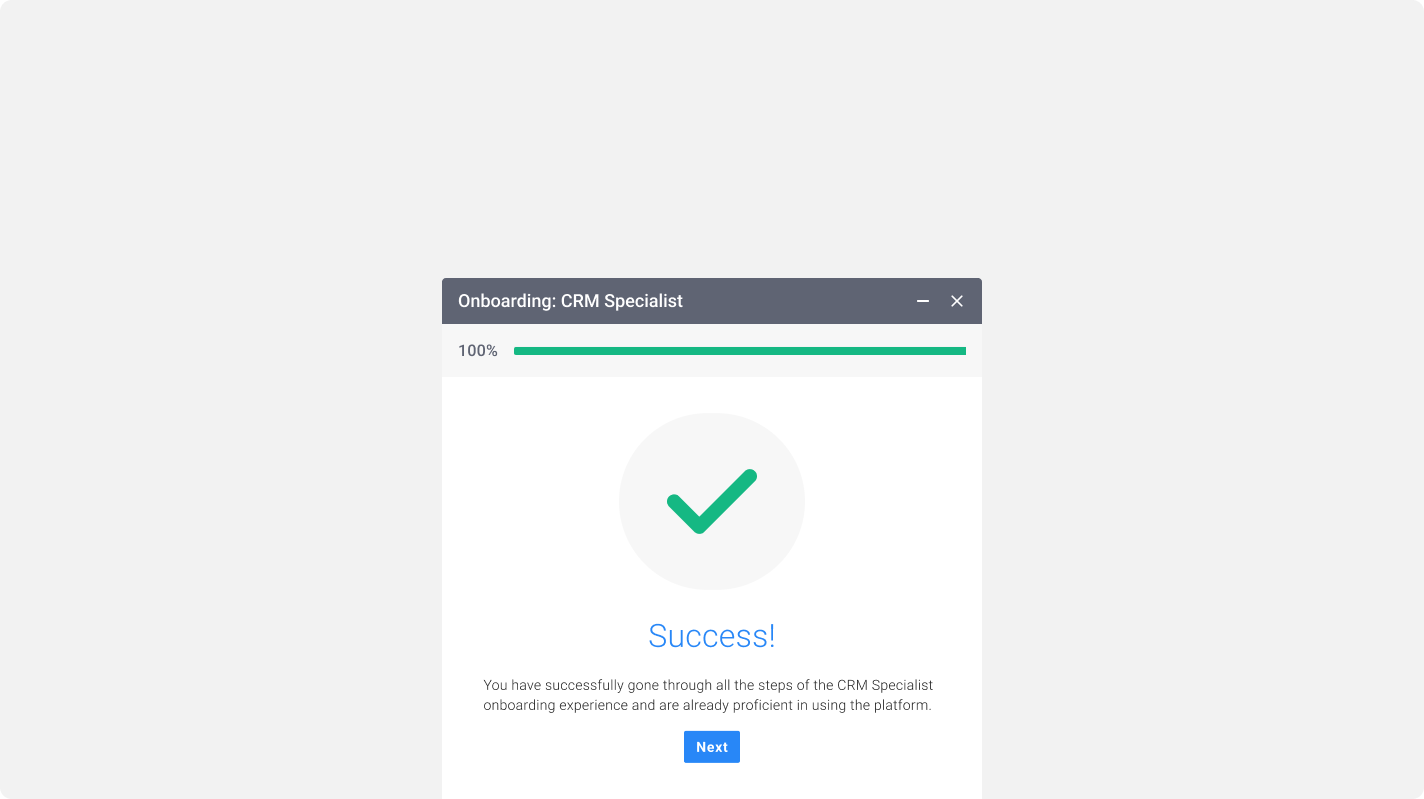To address the challenge, our client aimed to improve onboarding by using extensive platform documentation and lengthy tutorial videos. However, this approach isn't optimal, as people today prefer more intuitive methods for quick onboarding. Consequently, they often skim through these materials because they are time-consuming.
Text-heavy Documentation
While detailed documentation is essential, it doesn't necessarily mean it's the best way to onboard users. If it's not easy to navigate, it can be time-consuming.
Lengthy, unengaging Videos
Videos are helpful, as research shows users often prefer watching videos to reading. However, long videos can be boring and not very engaging.
Team of professional Trainers
Many ERP companies use teams of trained professionals to support their clients. However, this approach can be expensive for the business and depends heavily on human involvement.
